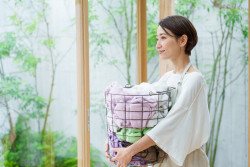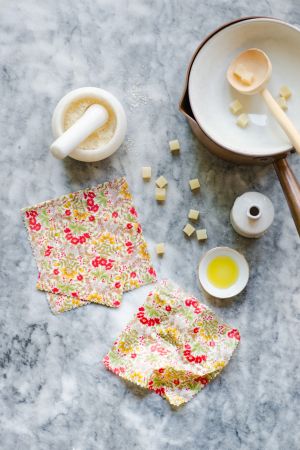
December 17, 2020
Based in Japan: Is Beeswax the Answer to Japan’s Love of Single-Use Plastic?
Eco Hachi Living’s Reusable Beeswax Wraps
According to the U.N., Japan is the second biggest culprit in the world when it comes to wasting plastic packaging, beaten only by the U.S. With concerns over plastic pollution increasing over the last few years, there’s not only a need for consumers to be more conscious about their choices, but also a pressure for businesses to introduce more eco-friendly products and sustainable production practices, even in Japan.
Enter beeswax wraps, a reusable and antibacterial alternative to keeping food fresh at home. A pioneer of this latest trend in Japan, Australia-born Marisa Gelencsér launched Eco Hachi Living in 2018 and focuses on raising awareness about sustainability in a country that’s still somehow behind when it comes to going green. Gelencsér sells her handmade and made-to-order beeswax-coated cotton food wraps at markets or ships them directly to customers. They can be easily washed with water and soap, and can wrap anything from bread and cheese to fruits, and vegetables. Plus, they look amazing.
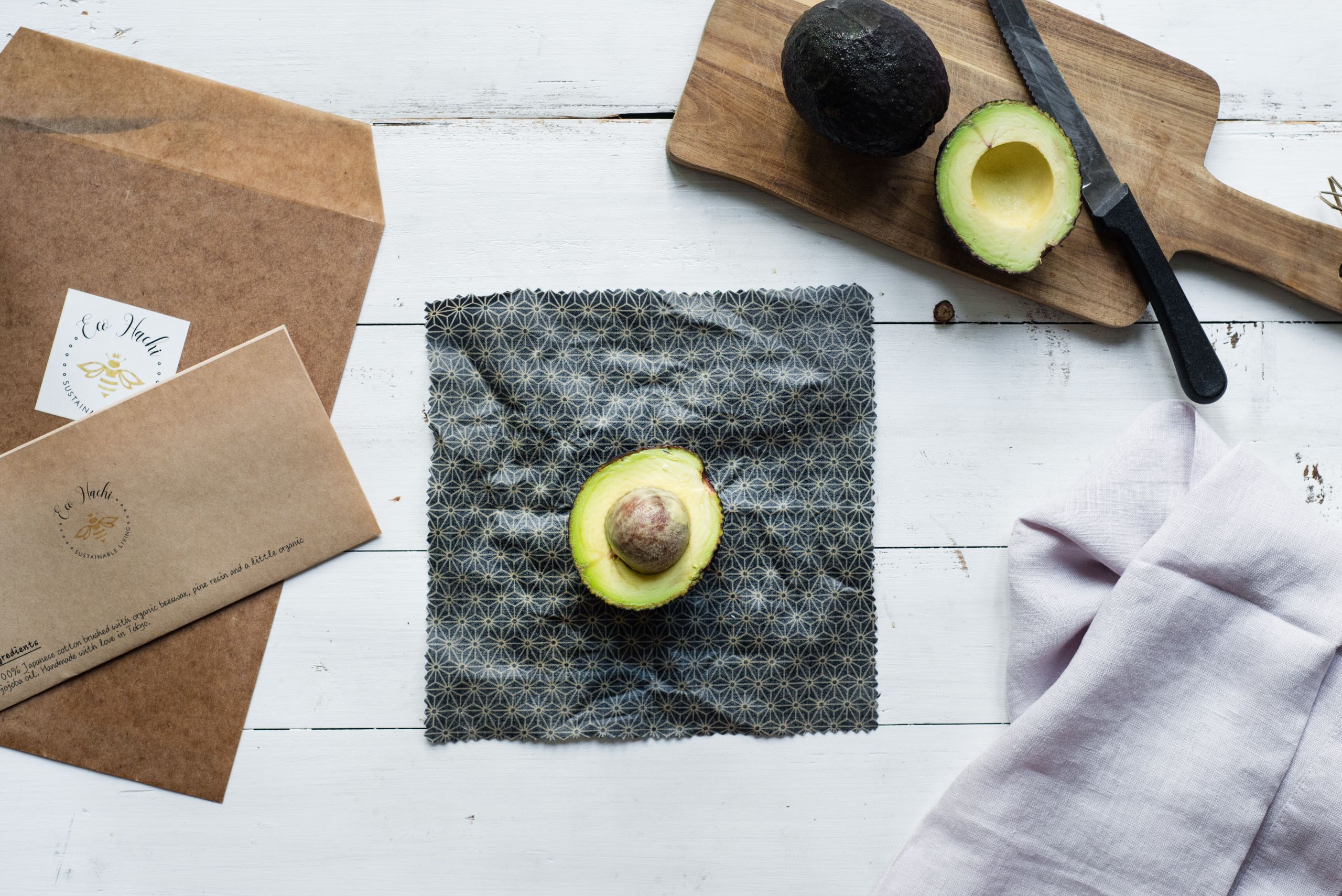
How did Eco Hachi Living start and what is the inspiration behind your company?
I was born and raised in Australia. Living near the beach, I grew up in an environment close to nature. I’ve always been aware about the environment but I was never involved in specific activities. The turning point was when I was already here in Tokyo, thanks to one of the first mainstream documentaries about environmental issues “A Plastic Ocean” that me and my son, who was 10 at the time, watched almost by chance.
He was truly impressed by it and concerned about the quantity of plastic waste. He asked me how people could not be doing anything about it? I felt helpless, and the fact that I was not being able to give him an answer made me re-evaluate some aspects of our way of living as a family. I was especially concerned, in conjunction with all other plastics, about how much plastic wraps and cling film we were consuming.
If you love these beeswax wraps, check out these eco, reusable straws too from Japan-based company No Plastic Japan.
What is the main philosophy of your business and how are you managing it?
Everything started when I was given a beeswax wrap from a friend, who also taught me the basics of how to make these natural food freshers by myself. Initially I was skeptical, but when I realized how well they worked –my food was way fresher than when I used plastic wraps– and after much trial and failure, I decided to start making them for friends and acquaintances to show them an alternative to cling film.
However, it was not until a friend suggested that I jump online that I thought about making it an actual business. I started participating in markets, since I prefer meeting and having direct contact with my customers. I only have a Facebook and an Instagram page, no official website or online store. I manage Eco Hachi Living entirely by myself and orders can be made contacting me directly through social networks or by email. Again, the purpose of Eco Hachi Living is, more than anything, raising awareness and promoting exchange on the theme of sustainable living.
Elsewhere on Metropolis:
The Price of Plastic: Japan’s relationship with single-use plastics
No Plastic Japan: One woman’s mission to reduce single-use plastics in Japan
Sustainable Threads: Fashion mogul Hiroko Ito redesigns the future
Primordial Violence: Tomoko Konoike on art, nature and human creatures
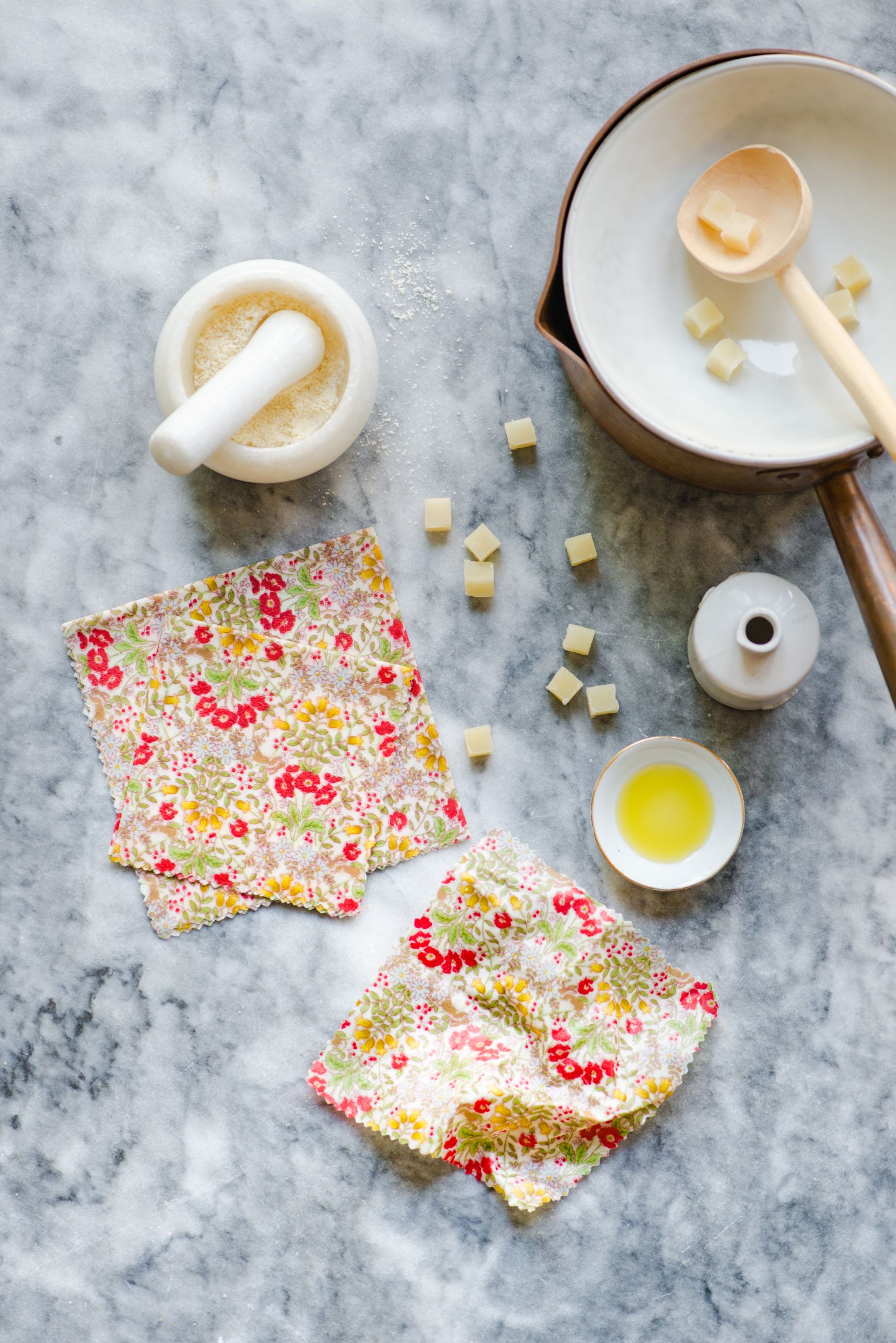
What were the challenges of setting up your business here in Japan, especially as a foreigner?
For my business, the most challenging part at the beginning was the process of making the beeswax wraps from scratch. I had to experiment with dozens of different recipes and combinations of ingredients to find the formula that worked. The next problematic point has been sourcing out the raw materials, as they would have to be locally grown or locally produced and as eco-friendly and sustainable as they could be. What would be the point of sourcing materials that end up flying for thousands of kilometers or that consume lots of energy and water?
Let me give you some examples: Japan has wonderful prints but the cotton is not grown in Japan. For the wax, I tried to use raw beeswax from local bee farms, but it was very hard to work with it because it had a lot of impurities. I needed to use a purified version of it, which is harder to find. I am also keeping the packaging very basic and primitive to reduce waste. Thanks to strenuous research I came in contact with many interesting groups in Japan like the “Tohoku Cotton Project” that could help me get more recognition within my customer base.
What do you think is the general market response and the consumer attitude towards sustainability and green-lifestyle products in Japan?
I think there has definitely been an improvement in the last few years, but Japan has a problem of infrastructure in the first place. The current system of wrapping products in single-use plastic in supermarkets or in konbinis, for example, is very efficient and the attitude of a limited group of customers itself is very unlikely to change it. It’s a problem of infrastructure and supply-chain organization. People have to rethink the way they shop.
When I took part in my first markets, people were still cautious and doubtful about the product. “Is it clean?” “It doesn’t come from a package.” It’s a product they are not familiar with and so they are, understandably, suspicious.
Also, appearance is a very important factor for Japanese products and packaging. That’s why I tried to make my wraps with beautiful cotton prints and patterns that resemble furoshiki (a type of traditional Japanese wrapping cloth).
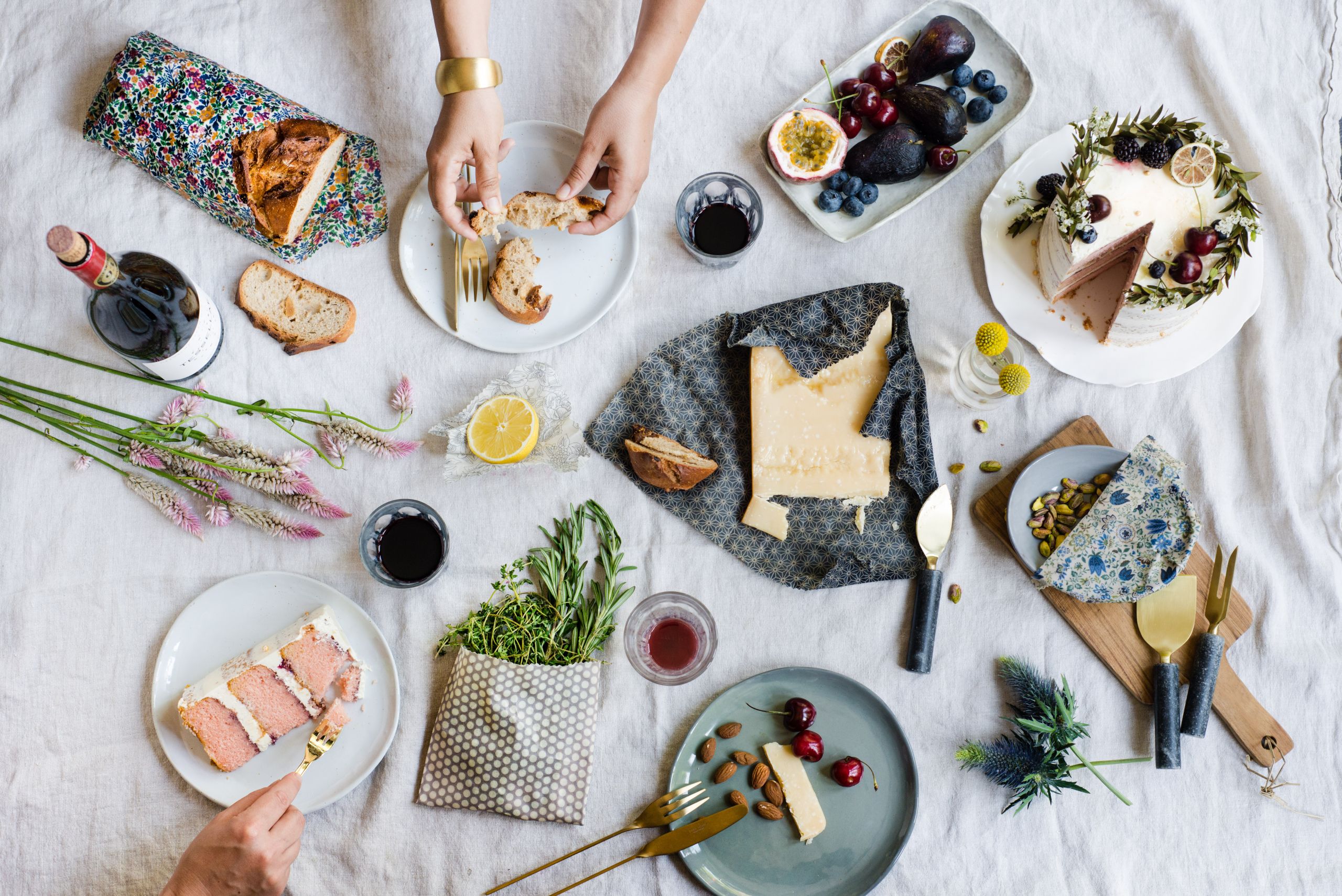
Why is your business relevant now?
Through my travels around Asia and the time spent in Tokyo, I realized the huge gap in awareness of plastic waste compared to [non-Asian] countries like Australia. I want to show people there are alternatives and choices that can be made, no matter how small you think they are.
With Eco Hachi Living I’m trying to make a product that, while targeting the Japanese market, helps create consciousness towards this problem. Most of my customers are foreigners living in Japan but I have a core group of Japanese customers that are continuously buying and spreading the word.
In the future I would love to have a kitchen space to set up a workshop to teach how to make bees wraps to make it even more accessible and teach a skill rather than just selling a product.
For more entrepreneur advice in our Based in Japan article series, also check out Axel Deroubaix on Bringing Japan to the World with Peko Peko Box.
Catch Gelencsér at local markets in December and January or check out her official Facebook and Instagram pages.
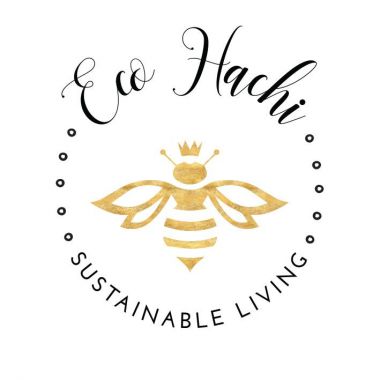
Elsewhere on Metropolis:

Based in Japan: Ria Scott
“Do you want fear or freedom?”
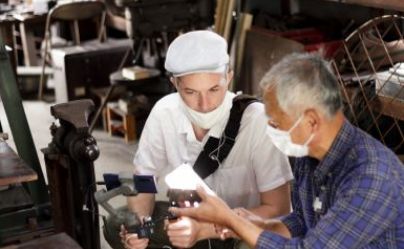
Based in Japan: Axel Deroubaix on Bringing Japan to the World
How the French entrepreneur teamed up with regional makers to create Peko Peko Box

Based in Japan: Darleen Yaya on Bringing Inclusion to Japan’s Makeup World
From self-taught makeup artist to Japan-based business owner






